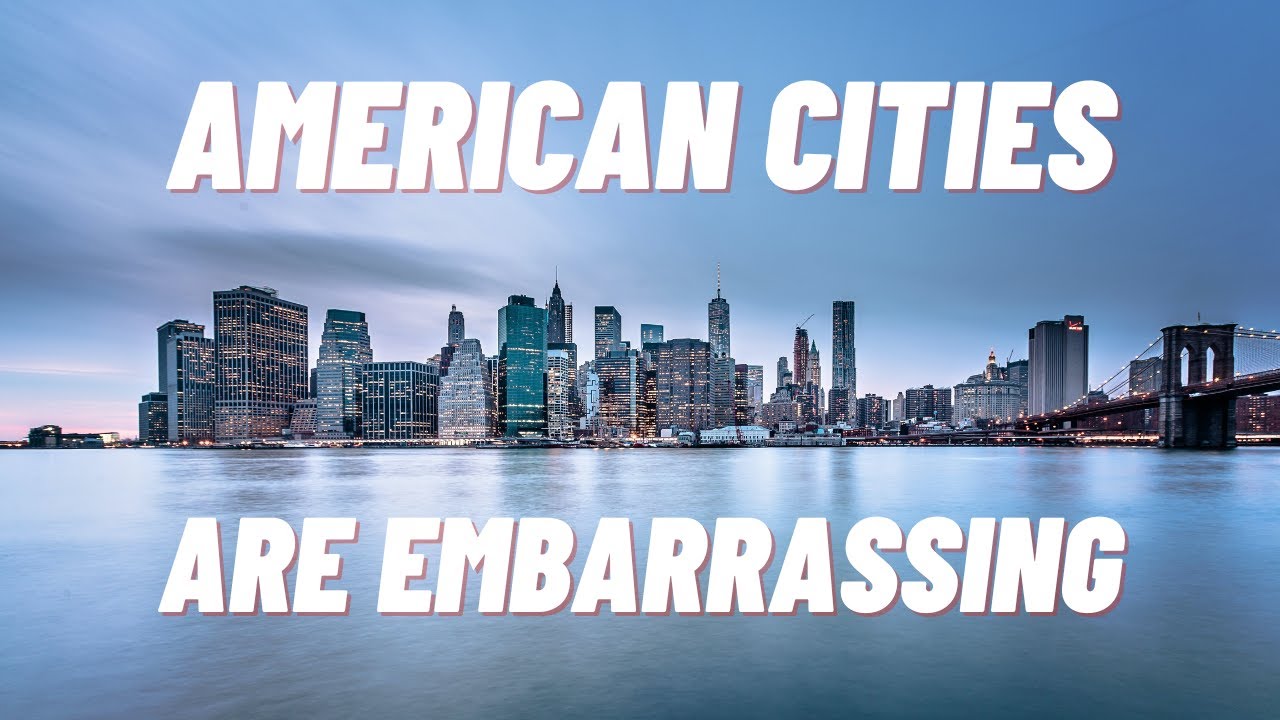This video outlines some of the relationships between US commuting culture and the perspectives that it’s engendered about the role of the city. The, when compared and contrasted to other nations’ approach to city design and perspectives shows that it’s possible to have a city core that’s more than just a workplace.
My city is currently clinging to a small area of interesting downtown core. Everything else has either been bulldozed for parking lots, turned into office buildings with no store fronts, or plowed into wider roads. Every time I show the maps of the city with how car-focused we’ve made downtown to a city council member they recoil at the desolation, but it’s so hard to get change happening.
We need fewer roads, cars, and non-human spaces in our city core areas. Making wider walking paths, biking roads, mass transit (not just busses!), and planting trees to make spaces more attractive will all continue to invite people to come downtown, not just someone desperate enough to drive there, park, hit one store and drive away.



A lack of options isn’t really the same as a dictatorship. The day to day choices are sometimes hard to abstract into an intelligent vote every 2 or 4 years. The US suffers from a lack of trust in public institutions, so they aren’t given enough funding or the right leadership to take a step back, take a good look and make tough choices that goes against reactionary NIMBYs.
The sprawl may very well be part of the culture. I just don’t like to call everything a culture, including commuting. Commuting just seems a necessity and the choice of how and how far you commute is a function of infrastructure and land value. Sounds almost too boring to organize around, but it would be important to find a solution that works for everyone, instead of just single individuals.